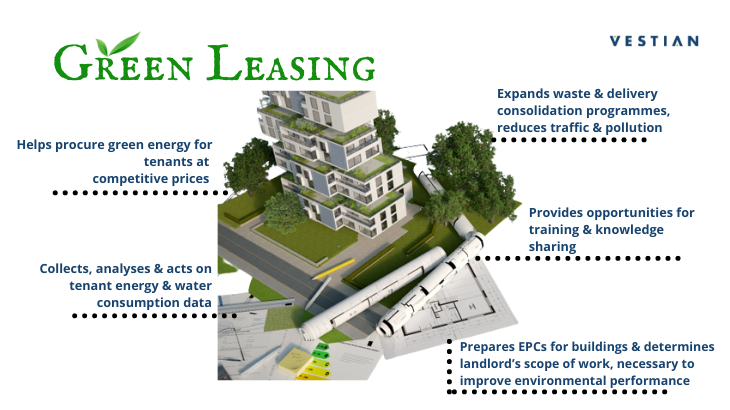2020 has been a decisive year for sustainable business, the pandemic has accelerated the shift to sustainable environment and has increased the urgency to plan and anticipate the next global crisis which is climate change. To combat climate change many nations are reducing their CO2 emission levels and have committed to net-zero emissions targets. In June 2017, Sweden pledged to reach carbon neutrality by 2045, making it the first country to put into law a timeline to ensure it was ahead of the Paris Agreement’s target. Similarly, China, the world’s largest GHG emitter, announced its ambition to become carbon neutral before 2060 and US President Joe Biden has pledged the year 2050 as its deadline for net-zero greenhouse-gas emissions.
Net zero buildings have been a crucial component for a net zero future, with as much as 40% of the global carbon emissions attributed to the built environment. So, any efforts towards sustainability will go a long way towards controlling overall emission levels. In the CRE sector, commercial tenants consume between 60-80% of the building’s total energy consumption. Even though landlords own the building and its energy infrastructure, tenants are the prime consumers of energy. Given the disconnect between the two, it is no surprise that commercial buildings often have sub optimal energy efficiency levels. Hence a successful approach to sustainability should include a collaboration between the tenant and the landlord where interests of both are addressed. Green leasing practice is one such step in the right direction, which is nothing but an agreement between the parties to increase transparency, minimise wastage and consolidate services. Simply put, this innovative commercial agreement provides financial incentives to tenants that help them identify inefficiencies and implement measures that minimise or eliminate them. It also enables cost sharing energy management tools and systems that are needed to help tenants reduce energy costs. This promotes accountability amongst tenants, to achieve their sustainable building goals. By harnessing the power of data, both tenants and landlords can make smarter energy management decisions and optimize the performance of the building. This helps align incentives between tenants and landlords and both can save energy, reduce costs, and achieve their respective sustainability goals. Green leasing practices can also benefit business by improving property value, reducing operating costs and lead the way to a sustainable future. In some cases, it also attracts tenants as numerous companies have already set sustainability goals, thus prefer a rental space that uses environment friendly practices.
While still to become a common practice, it does come with its set of challenges, especially in terms of its implementation. All is not about adding green clauses and pro- environment behavior or greater efficiency. When developing green leases for tenants, focus should be on the making it attractive to tenants, as well as delivering tangible environmental outcomes.
Today, global pressure is increasing towards buildings to change to a cleaner energy and especially those buildings that are dependent on fossil fuels. The adoption of green leases will help businesses to be more creative, flexible, enhance cost savings, help in better collaboration, increase awareness of occupants’ health and lastly, reduce the risk of climate change. Green leasing should be a part of the overall strategy towards a more sustainable, built environment. Most importantly, this should be an ongoing evolving environmental approach to work closely with occupiers on green issues.
